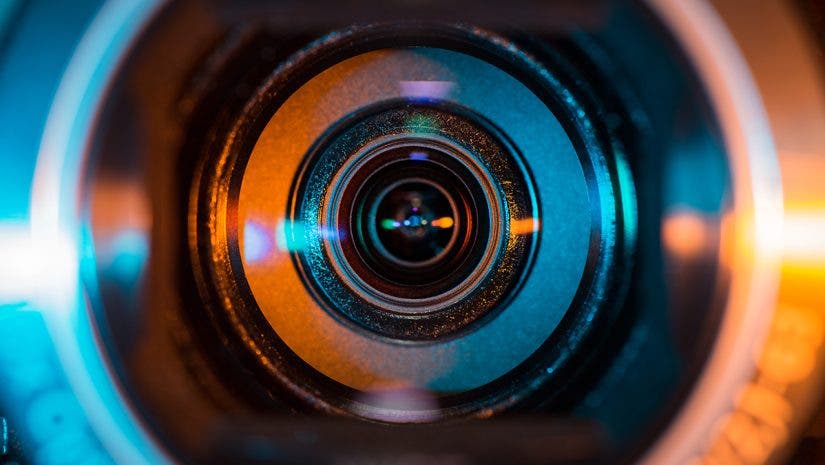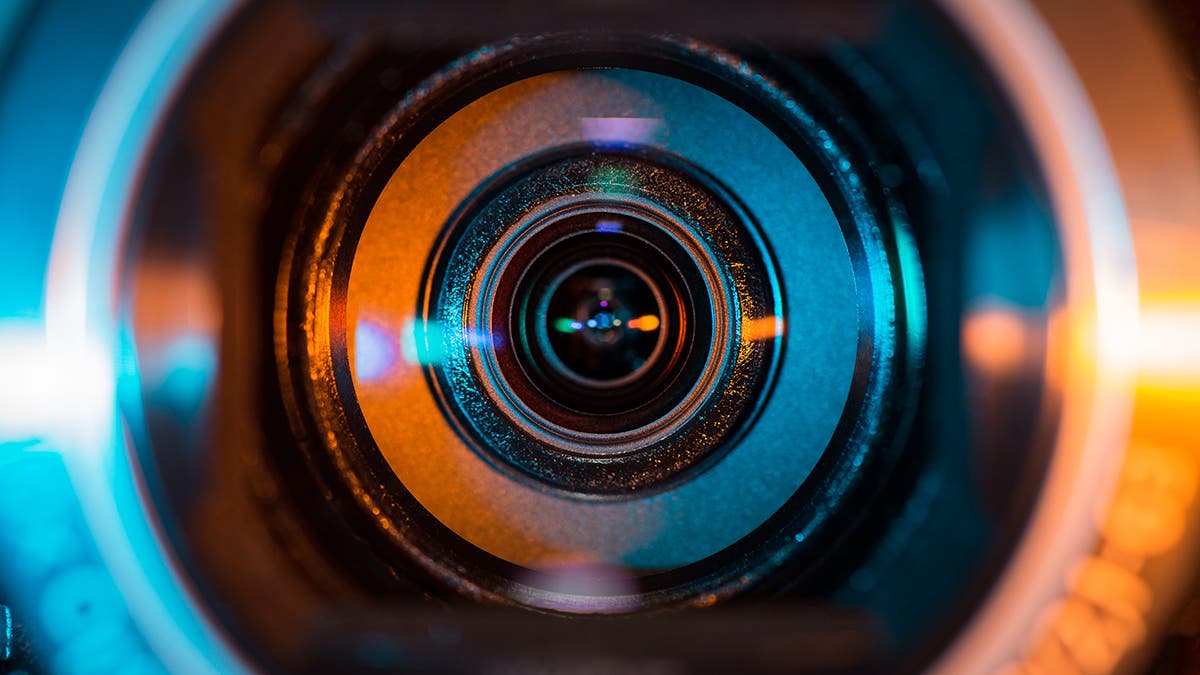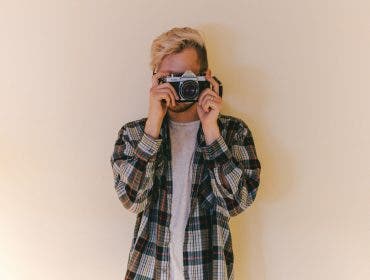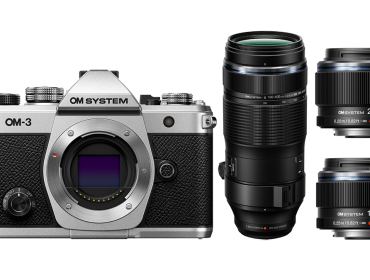Regardless of the director’s vision and the actor’s performance, the audience only gets to see what the camera captures. In high-budget film productions, the director of photography (aka the cinematographer) is responsible for selecting the appropriate equipment, lighting, framing, and camera movements to realize the director’s vision and bring the story to life. And that’s an Oscar-winning job. Let’s dive into the visual language of lenses in cinematography.
Choosing the right lenses is crucial, as lenses possess their own language. They can convey emotions, alter perspectives, create depth, highlight environments, accentuate details, and influence mood. They can also dictate how you film the movie, what camera movements you can make, and what lighting you need. Continue reading to gain an understanding of the language of lenses in cinematography and their role in storytelling.
How Lenses Influence Perspective
Lenses can provide one focal length (i.e., prime lenses) or a range of focal lengths (i.e., zoom lenses). Either way, they offer a more or less limited perspective and field of view. You can either go with the unrealistically vast perspective of a wide-angle lens, the natural-looking view of a normal lens, or the close angle of a telephoto lens.
Often, filmmakers prefer a particular focal length and repeatedly use it throughout the movie (or even for all their movies) to create consistency and familiarize the viewer with a certain perspective and style. For example, Alfred Hitchcock preferred the natural perspective of 50mm lenses, and his audience expected to see his characters as if they were the next-door neighbors. Steven Spielberg is well-known for using wide-angle perspectives, with a strong personal preference for the 21mm focal length, and his audience expected that vast, sci-fi, almost abstract-looking perspective.
THYPOCH Simera-C 21mm T1.5 Prime Cine Lens
So, focal length is a factor in perspective. Another one is the lens type. Many filmmakers prefer prime lenses for their exquisite image quality, detail, and clarity and their ability to produce a unique and consistent visual style. However, zoom lenses may be a game-changer. They are versatile in the sense that they allow you to film longer sequences without stopping to change the lens, which changes the viewer’s impression of the character and the movie’s rhythm. For example, the DZOFILM Catta 35-80mm T2.9 Cine lens is ideal for filming fast-paced, dynamic sequences that range from wide-angle environmental scenes to half-body portraits. At the same time, zoom lenses create endless opportunities for artistic effects and camera movements, which we will talk about in detail later on.
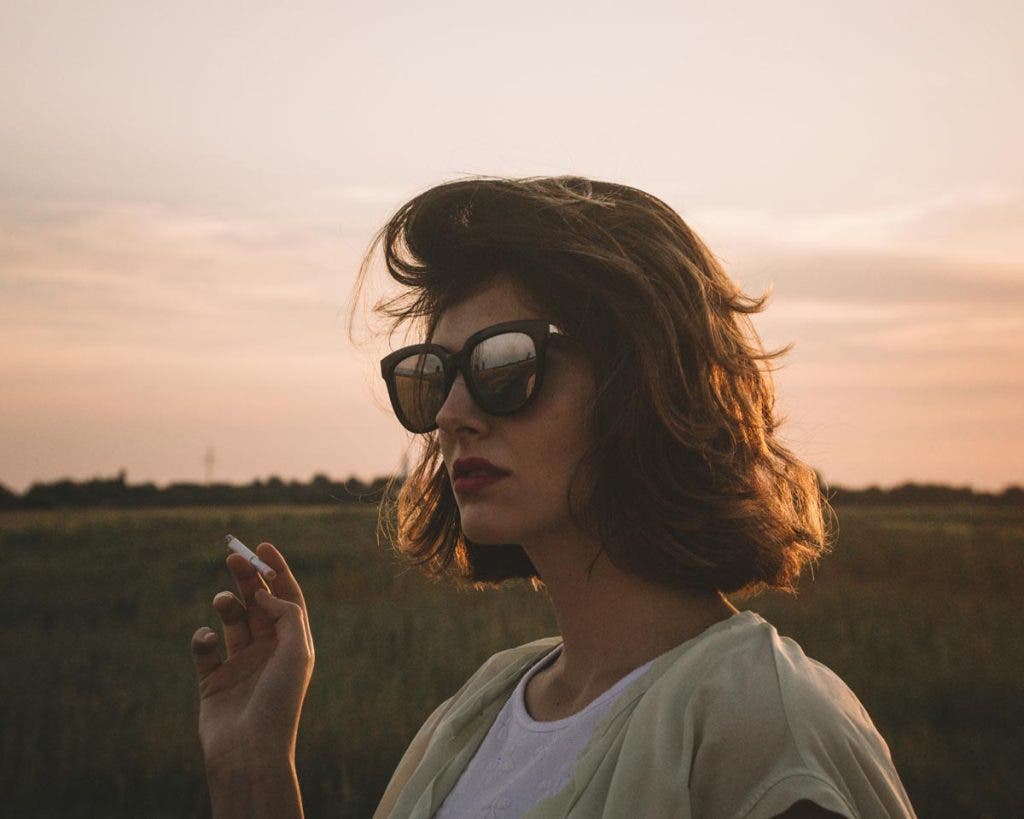
Thus, framing and perspective depend on the lens choice, as do camera angle and movement variety, film dynamics, and effects options.
How Lenses Speak Their Mind on Depth of Field
Depth of field varies with the lens’ focal length, maximum aperture, and focusing distance. Therefore, the lens dictates how much of the frame is in focus, which hugely affects the main subject’s impact, the background’s role, and the relationship between the two. It also tells the viewer where to focus their attention.
For example, use the DZOFILMDZOV10021EF, Vespid Prime 100mm T2.1 Cinema lens, a medium-range telephoto lens with a wide maximum aperture, and a 16-blade diaphragm design. You can create a shallow depth of field and a beautiful, smooth bokeh effect around the main character. Nothing speaks romanticism more than having the subject in focus and a natural-looking, smooth, candle-lit background.
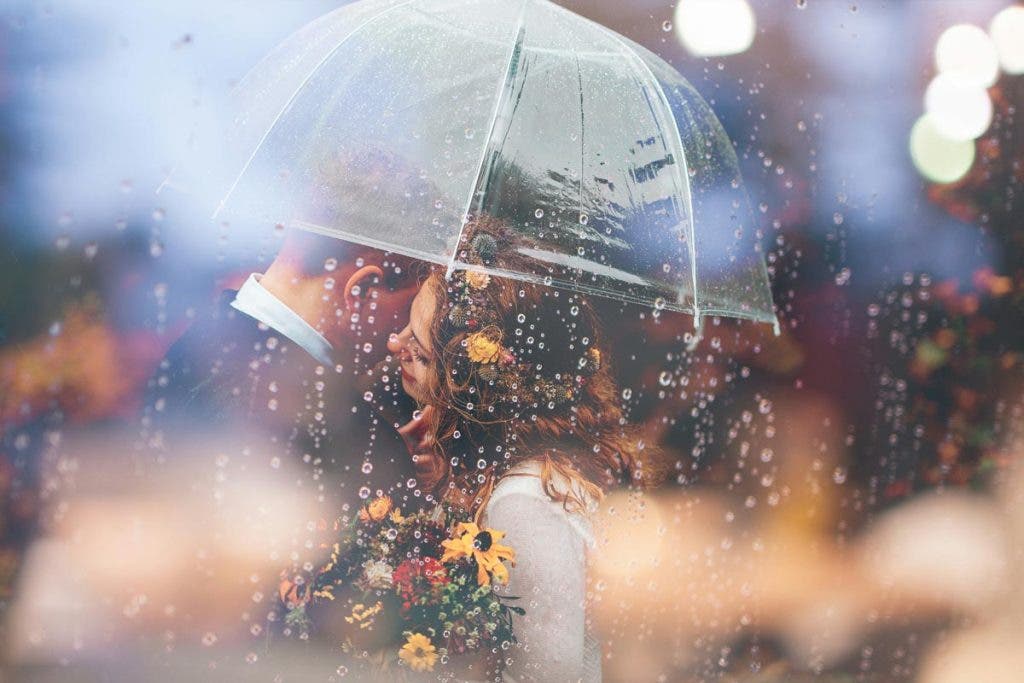
Depth of field and brightness requirements change with the film type. For example, horror movies are mostly dark and underexposed, with areas that lack detail and where anything can happen. Sci-fi movies, on the other hand, are mostly bright, brutally sharp from edge to edge, and often overexposed.
Depth of field and brightness are also decided based on storytelling requirements. For example, if you need to increase the perceived distance between foreground and background (e.g., to show that a character is leaving home or has a long way ahead), a wide-angle lens with a deep depth of field and bright exposure will do the trick. But if you want to wipe out the distance between foreground and background and make everything blend in (e.g., a character on the city streets at night), a telephoto lens with a shallow depth of field and a smooth bokeh is a better choice.
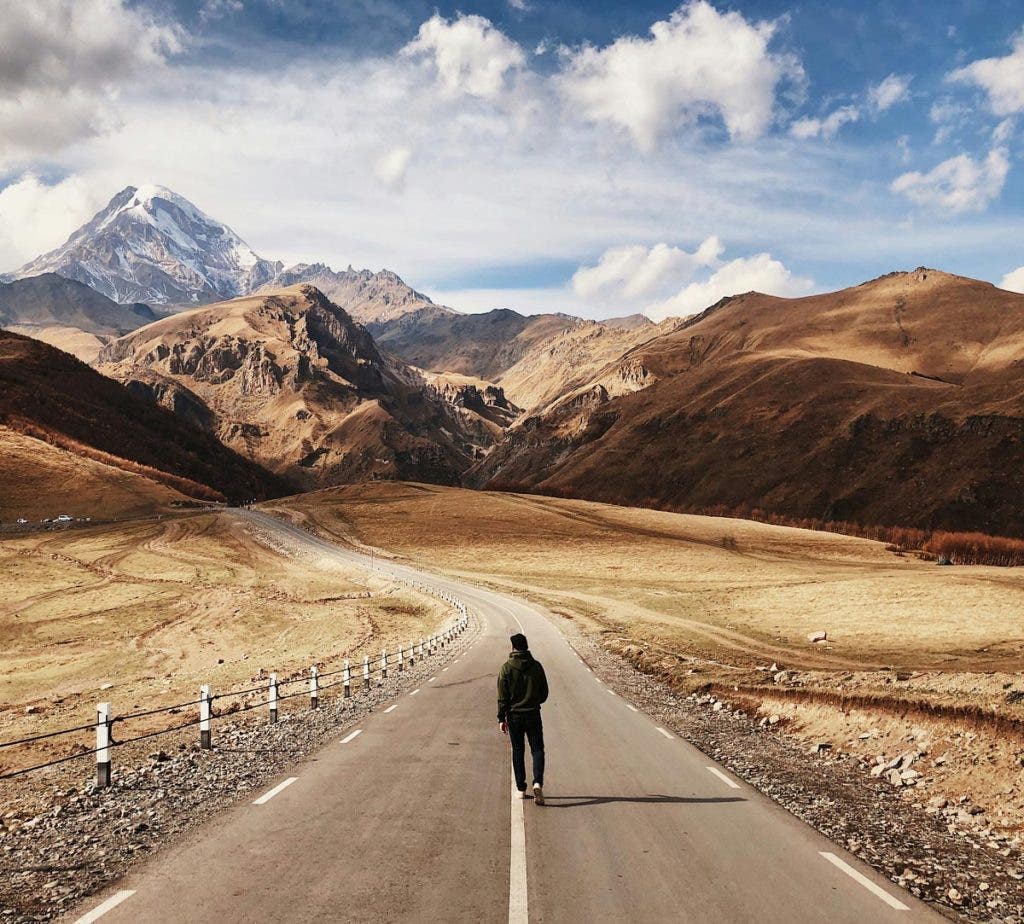
The Relationship between Lenses and Film Atmosphere
The lens choice influences not only how much of the scene the viewer gets to see, how bright the frame is, how much of it is blurred, and how much is sharp. Lenses also have a say in the film’s overall atmosphere.
Not all lenses reproduce colors and contrast the same, and they may have a unique personality. This means that two lenses with the same focal lengths and technical features produce different results. They may render colors more realistically or not, create a dreamy atmosphere or a sharp, metallic contrast, smooth skin imperfections or produce a bluish tone, add unique flares, or change color tones. Think of the vintage look of old movies, and you’ll get the idea.
There is also a wide variety of specialty lenses, each producing its signature look. Fish-eye lenses, for example, offer an ultra-wide perspective that’s unnatural and distorted but catchy in a movie. They create a dreamlike, surreal atmosphere. There are also anamorphic lenses, with their unique look, stunning image quality, and oval bokeh, able to produce a shallower, extremely cinematic depth of field and colored flares, as is the case with the Venus Laowa Nanomorph 27mm T2.8 1.5x S35 lens. With this lens, those flares are silver. You may also choose cinematic macro lenses to include shots of the micro world in your movies.
When Lenses Dictate Effects and Camera Movements
The lens choice influences the relationship between the camera and the subject, too. Lenses dictate how the camera moves because not all camera movements suit all lens types. For example, for a dolly zoom camera movement, you need a zoom lens. For a track-in shot, you need a wide-angle lens. If you want a spinning effect, you are better with a telephoto lens and a shallow depth of field.
The movie’s dynamic depends on camera movements and effects. In a sitcom scene, the actors need space to perform and interact, which means you may need mostly wide-angle lenses to create a deep depth of field and give them that space and a telephoto lens for close-ups without physically bringing the camera close to the actors.

Zoom and telephoto lenses are also more capable of dramatic effects. You can combine zooming with camera movements or handhold the camera with a telephoto lens mounted for a dramatic shaking effect. Follow a running character with such a combo, add some dramatic music, and you have an upcoming thriller.
You can even create a bug’s eye view by using a cinematic lens such as the Venus Laowa 24mm T14 2x Macro PeriProbe Cine lens and create imaginary giants, minimalize your character, or build up the contrast.
How Lenses Affect Emotions
Ultimately, every practical aspect of lenses affects the emotions conveyed by the movie and guides the viewer toward a particular mood or mindset. For example, focal lengths of around 50mm capture the natural perspective of the human eye and make the scenes look realistic and believable. If you want your audience to relate to your characters and raise empathy, this is the lens that will build up the emotion by itself.
Wide-angle lenses distort the straight lines, increase the distances between objects, and add a depth that the human eye doesn’t perceive. In the extreme, they look exaggerated, surreal, and overwhelming. But they look epic, fluid, and challenging. Every movie ever made that depicts journeys, quests, coming of age, wars, and any other grand adventures will, at some point, use a wide-angle lens. They make us feel unstoppable, enthusiastic, hopeful, or, on the contrary, small and defeated.
On the other hand, the close perspective of a telephoto lens is touching. If you want to move your audience with a particular dialog or character, use a telephoto lens. It’s the preferred choice for romantic scenes, conveying tenderness, emphasizing sadness or loneliness, and depicting family relations. By restricting the view, this lens invites the viewer to show up and feel.
Think of it this way: a cat in its environment is adventurous; a close-up of a cat is cute.
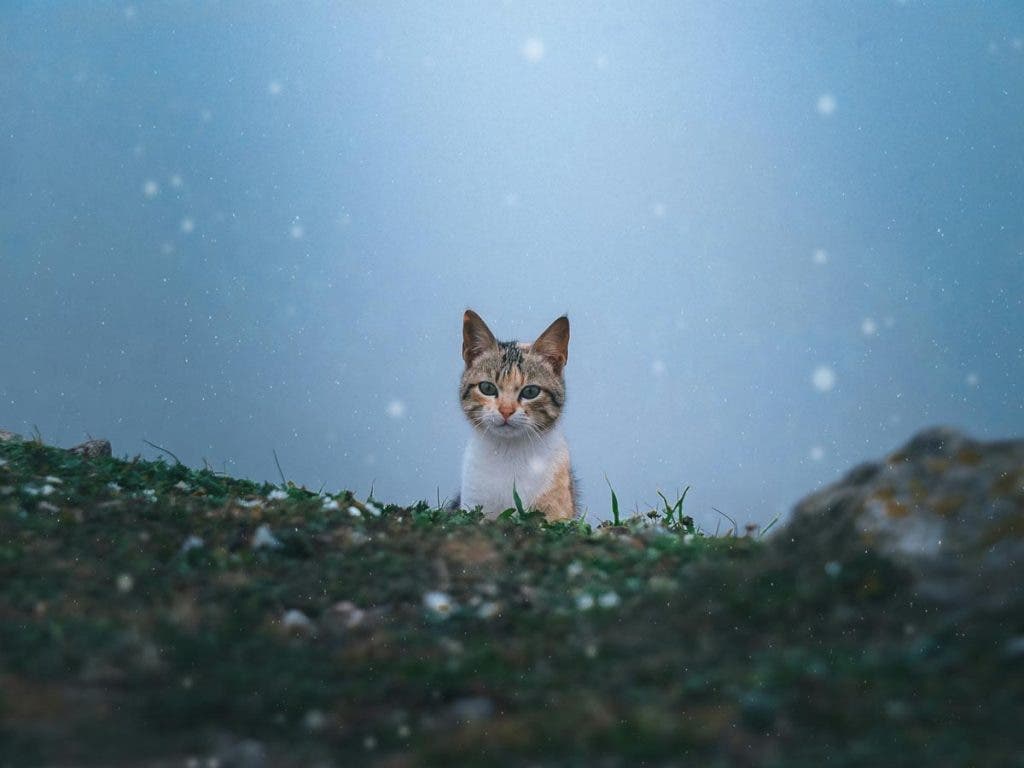
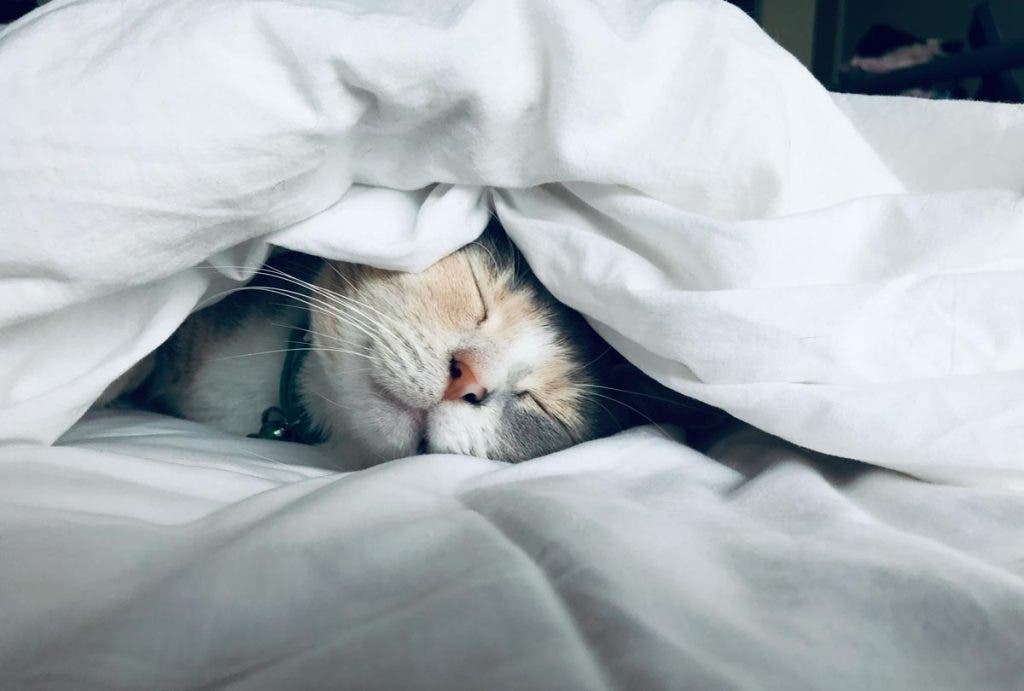
Final Thoughts
A film is the sum of everything that goes into its making, from the screenplay to the décor, from the people involved to the gear used. And every decision matters. Choosing the lenses used for a film starts, of course, with technical requirements, but the lenses’ language and manner of expression must be taken into consideration. They have their own voices and leave a mark on your film whether you like it or not.
